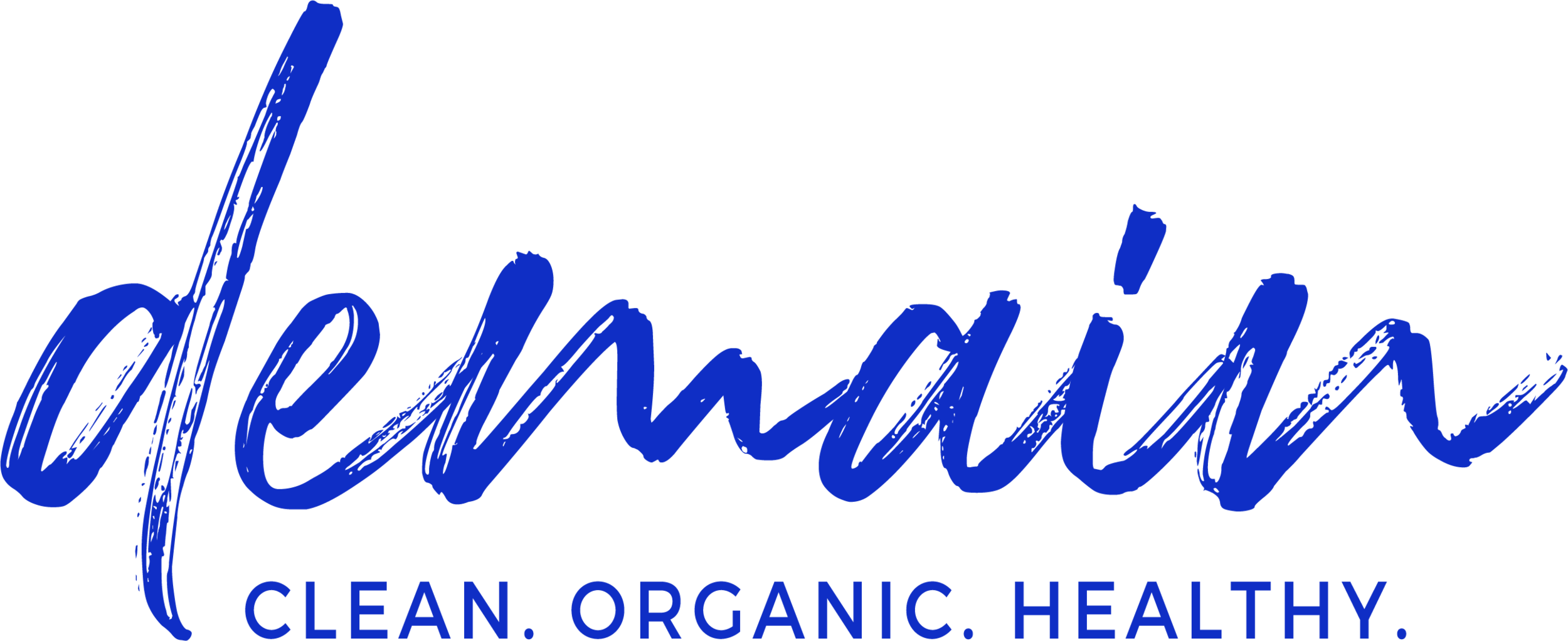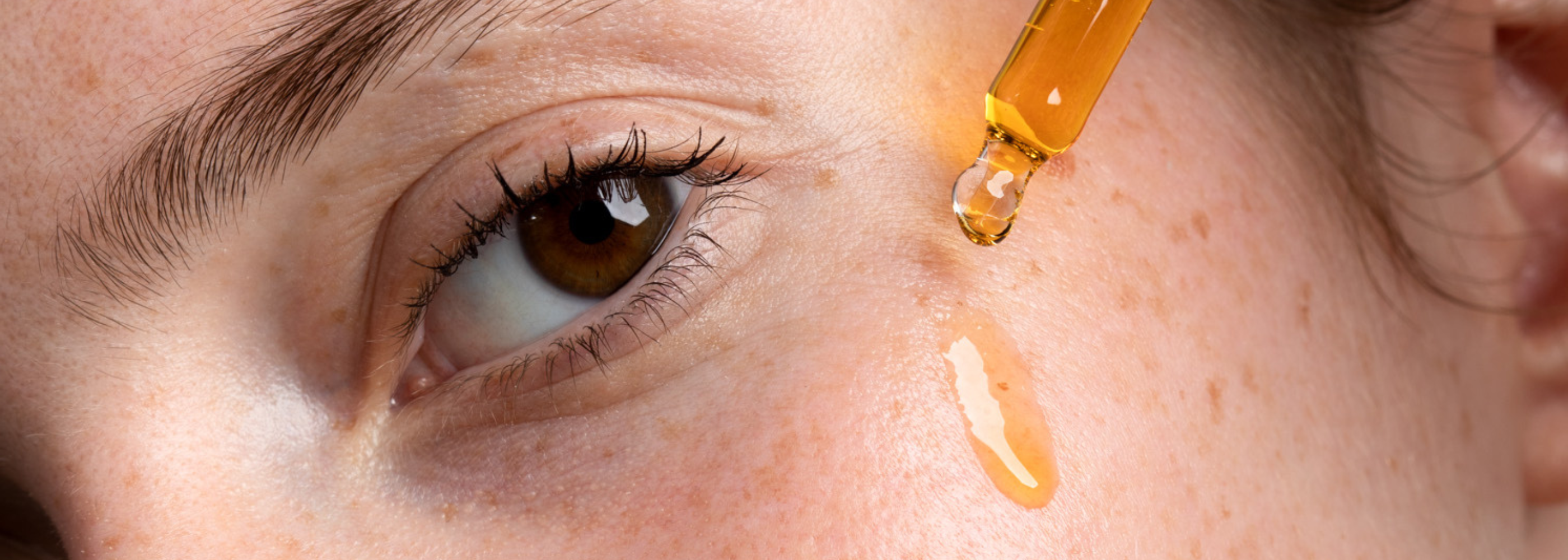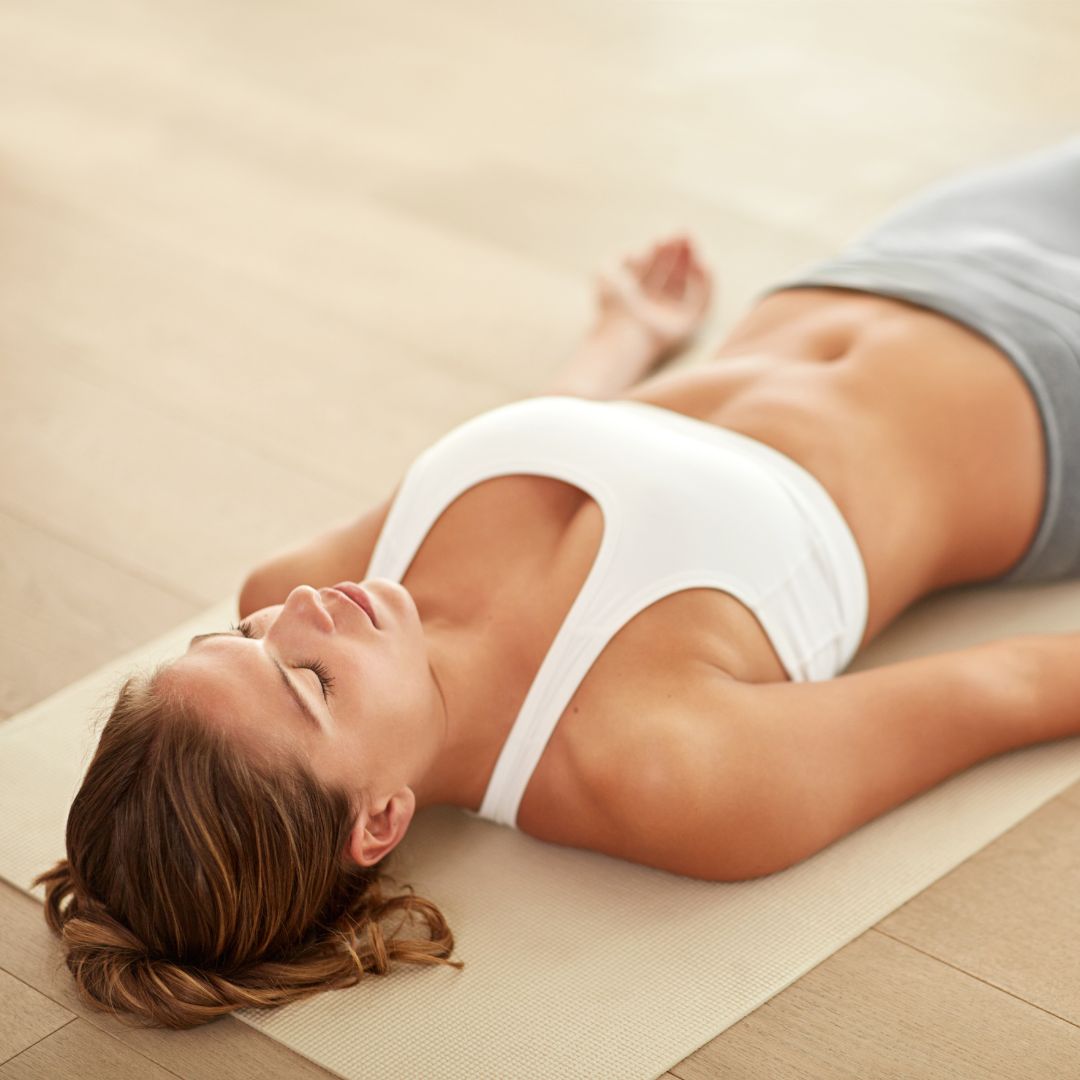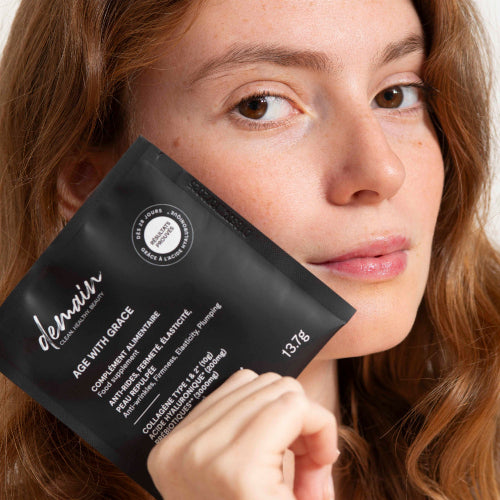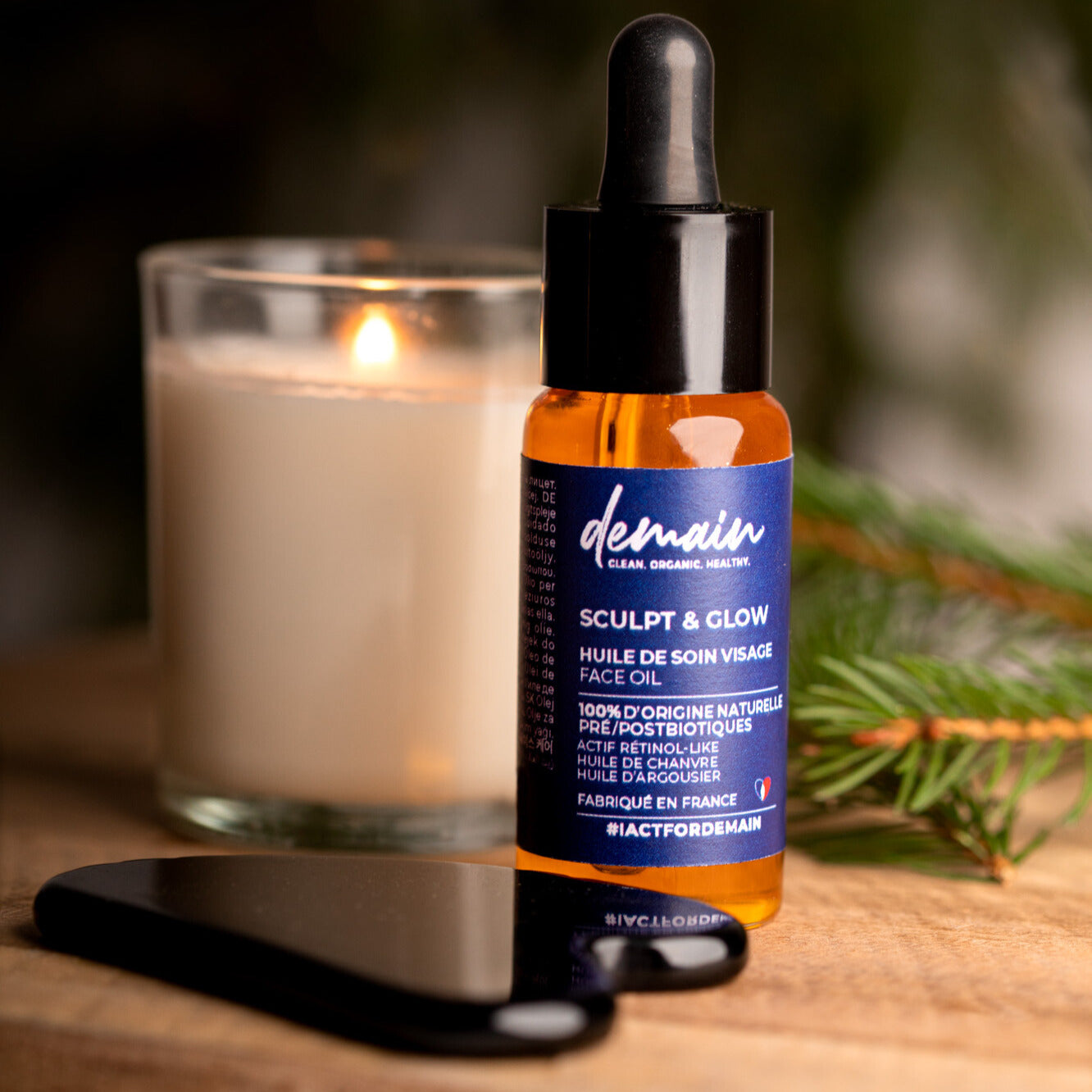Discover Breathwork, a meditative breathing method from the United States. This breathwork promises personal transformation through controlled hyperventilation. Reduce stress and anxiety, improve your mood, and learn to manage your emotions. Discover the benefits of this technique and how to integrate it into your daily life.
What is breathwork?
Breathwork is a conscious breathing practice that aims to influence our physical, mental, and emotional states. There are various techniques, each with specific goals.
Some methods focus on releasing emotional blockages through rapid, deep breathing. Others aim to raise consciousness through rhythmic practices. Holotropic breathwork, for example, induces controlled hyperventilation, allowing one to enter an altered state of consciousness, often compared to a meditative trance.
Breathwork sessions may include elements such as music or props to enhance the experience. Immediate effects may include tingling hands or feelings of euphoria.
Sessions typically take place in three phases: intention, activation, and relaxation. This allows you to set a personal intention, activate the breathing process, and end with a state of deep relaxation.
The role of breathing in breathwork
Breathing plays a central role in breathwork, directly influencing our emotional and physical state. By focusing on our breath, we can modulate the autonomic nervous system, which is responsible for managing stress and emotions.
Different breathwork techniques harness this regulatory capacity to achieve various goals. For example, holotropic breathwork, through controlled hyperventilation, helps release deep-seated emotional blockages. Other methods, such as pranayama, focus on breath control to calm the mind and improve self-awareness.
Breathwork sessions can include complementary elements such as music or visualizations. These practices help create an environment conducive to inner transformation and emotional healing. By adjusting our breathing, we can access states of deep relaxation or mental clarity, promoting overall well-being.
What are the benefits of breathwork?
Relieves stress and anxiety
Breathwork relies on specific breathing techniques to relieve stress and anxiety. These techniques activate the parasympathetic nervous system, which is responsible for relaxation. During a session, you can experience a series of deep, controlled breaths to calm the nervous system and lower levels of cortisol, the stress hormone.
Breathwork allows you to :
- Release repressed emotions, contributing to better emotional management.
- Reduce symptoms of anxiety by slowing and regulating breathing.
A concrete example is diaphragmatic breathing: by contracting and releasing the diaphragm, you stimulate an immediate calming response. This technique is useful for anxiety attacks, providing fast and effective relief.
Finally, studies show that breathwork can help treat post-traumatic stress disorder, offering a complementary tool to traditional therapies.
Improved mood and energy
Breathwork can significantly improve your mood and energy levels. By stimulating the release of endorphins, these breathing techniques promote a sense of well-being and joy. Regular practice can transform your daily life by increasing your vitality and helping you better manage emotional fluctuations.
The positive effects of breathwork on energy are multiple:
- Improved oxygenation : Better oxygenation of cells increases your endurance and reduces fatigue.
- Hormonal balance : It helps regulate hormones like cortisol, reducing stress and increasing available energy.
- Stimulation of the endocrine glands : These glands play a crucial role in the management of physical and mental energy.
By practicing breathwork, you may also experience increased mental clarity, allowing you to approach your daily tasks with more enthusiasm and efficiency.
Emotional management and personal development
Breathwork helps you better understand and manage your emotions. By increasing self-awareness, this practice helps you identify repressed emotions and release them. During a session, participants can explore their feelings without judgment.
Breathing techniques also promote better stress management. By influencing neurotransmitters, breathwork helps balance emotional reactions. Here are some benefits:
- Improved mental clarity
- Reduction of physical and psychological tensions
- Strengthening emotional resilience
Many people find this approach an effective way to navigate their daily emotional challenges. A concrete example is conscious breathing, which can transform moments of stress into opportunities for personal growth.
Physical benefits: breathing and health
Breathwork has many physical benefits. It can improve blood circulation . By breathing deeply and regularly, the body receives more oxygen, which promotes better distribution of essential nutrients.
Breathwork also helps strengthen the immune system . By increasing oxygen intake, it stimulates the body's defense mechanisms against infections. This technique is particularly useful for those looking to maintain good overall health and prevent common illnesses.
Additionally, breathwork can help lower blood pressure . Regular sessions help relax blood vessels, making it easier to manage physical stress. This method is therefore recommended for people suffering from hypertension.
Finally, breathwork promotes better digestion . By calming the nervous system, it helps regulate digestive functions and relieve disorders such as bloating or indigestion.
What are breathwork exercises?
Holotropic Breathwork
Holotropic breathwork, developed by Stanislav Grof, uses a method of rapid, deep breathing to induce altered states of consciousness. This technique is often accompanied by evocative music, designed to facilitate the exploration of the psyche and the release of blocked emotions.
Holotropic breathwork sessions are typically long, lasting several hours. They begin with a relaxation phase, followed by a sustained breathing rhythm. Benefits include :
- Reducing stress and anxiety
- Improved mental clarity
- Better management of emotions
Holotropic breathwork is recommended to be practiced under the supervision of a qualified professional, due to the intense emotional reactions it can trigger. Contraindications include cardiovascular disorders and certain mental illnesses.
Shamanic Breathing
Shamanic breathwork is an ancient method based on rhythmic and continuous breathing. It is often accompanied by music and rituals under the guidance of a shaman. This practice aims to induce altered states of consciousness to enable deep inner exploration and release emotional blockages.
The benefits of shamanic breathwork include:
- A better connection with one's inner self
- The release of repressed emotions
- Improved mental clarity and creativity
It is recommended to practice this technique in a safe and supervised environment. Sessions can be intense and provoke powerful emotional reactions. Participants often experience a sense of rebirth and transformation. It is essential to be guided by an experienced professional to maximize benefits and ensure safety.
Pranayama in breathwork
Pranayama, a yogic breathing technique, fits perfectly into breathwork. This method focuses on breath control and energy balancing. Some of the most popular techniques include:
- Nadi Shodhana : Alternate nostril breathing that helps purify energy channels and calm the mind.
- Ujjayi : Victorious breathing, where a gentle sound is created in the throat to prolong and balance the breath, promoting a meditative state.
These techniques help improve lung capacity, regulate heart rate and reduce stress.
Pranayama can also be tailored to individual needs, benefiting those suffering from anxiety or seeking to improve their concentration. It is recommended to start with short sessions and gradually increase the duration to avoid discomfort or hyperventilation.
How to practice breathwork at home?
To practice breathwork at home, here are some simple steps to follow:
- Choose a quiet place where you won't be disturbed. This could be your bedroom, a living room, or even a quiet spot outside.
- Make yourself comfortable, preferably lying down on a mat or bed. Place one hand on your stomach and the other on your chest.
- Begin by taking a deep breath in through your nose, expanding your abdomen, and then slowly exhale through your mouth. Repeat this cycle several times to relax.
To go further, try specific techniques like pranayama or holotropic breathwork. You can also follow expert-led online videos to help structure your sessions.
Finally, practice regularly to feel all the benefits: reduce stress, improve your concentration and strengthen your immune system.
The Breathwork Experience: Testimonials and Reviews
During my first breathwork session, I felt an astonishing emotional release. Buried memories emerged, allowing me to better understand some of my blockages.
Many participants report similar feelings. Many report a significant reduction in anxiety and stress. Some even noted an improvement in their sleep quality.
Reviews are generally very positive, with reports of better stress management and improved mental health. Susan Oubari , a pioneer of breathwork in France, is often cited for the quality of her teachings and her caring approach.
Susan Oubari: a reference in the field of breathwork
Susan Oubari, founder of Breathe in Paris, is a pioneer of breathwork in France. She has integrated breathing techniques with Reiki and guided meditations to offer a holistic experience.
Her unique approach is based on four pillars: spiritual coaching, Reiki, guided meditation, and breathwork. Each session is meticulously tailored to her clients' individual needs, ensuring profound transformation.
Through her intensive 170-hour training program, Susan also trains breathwork facilitators. This program allows participants to become certified experts, capable of guiding individuals and groups.
Susan is also the author of the book "Breathwork: Breathe for Change," co-written with Emilie Veyretout, which has already helped many people discover the benefits of this method. Her expertise and energy make her a key figure in the field of personal development.
Breathwork in Paris: where to practice?
To practice breathwork in Paris, several options are available to you:
- Breathe in Paris® : Founded by Susan Oubari, this center offers sessions combining breathwork, guided meditation, and Reiki. Sessions are held in French and English, and are available in person or via Zoom.
- Slowe Wellness House : Located in the 10th arrondissement, this venue offers breathwork classes using the Rhythmic® method. Sessions often sell out, so it's recommended to book in advance.
- Element Center : A space dedicated to well-being where you can practice different breathwork techniques under the supervision of experienced coaches.
For a more immersive approach, Holotropic Breathwork is also available at select specialized centers in Paris. This powerful method requires professional guidance to ensure a safe and beneficial experience.
Breathwork online: workshops to discover
For breathwork enthusiasts, various online workshops are available to meet different needs. Nadège Tissot offers three-part breathing sessions, ideal for releasing tension and calming the body.
Susan Oubari , founder of Breathe in Paris, offers sessions via Zoom in French and English. They include breathing techniques, Reiki, and guided meditation, making each session accessible and enriching.
Sarra Saïdi offers online group classes, including L'ATELIER, a 90-minute holotropic breathwork session. This method promotes personal reconnection and introspection to overcome limiting beliefs.
Carine Lemaitre combines rebirth, holotropic breathwork and shamanic journeying for a transformative experience.
Finally, for those looking for flexible options, platforms like Alive Breathwork offer video classes, both live and replay, allowing you to practice at your own pace.
What are the contraindications for breathwork?
Breathwork is not suitable for everyone and has certain contraindications . People with heart problems, such as high blood pressure or heart attacks, should avoid this practice. Likewise, individuals with serious mental illnesses, such as schizophrenia or bipolar disorder, should refrain.
Pregnant women are also at risk, as hyperventilation can reduce oxygen delivery to the fetus or cause uterine contractions. People who have recently undergone surgery should be cautious, as intensive sessions can delay healing.
Respiratory disorders such as severe asthma, especially without an inhaler nearby, are another contraindication. Finally, certain eye conditions, such as glaucoma, can worsen with deep breathing techniques.
